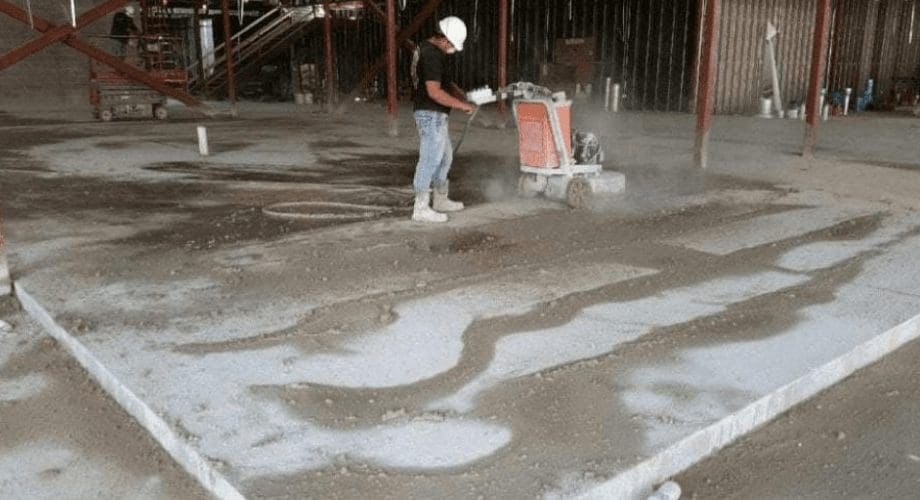How to Choose the Right Concrete Grinding Contractor
Service: Concrete Sealing, Epoxy Floor, Polished Concrete, Surface Preparation
Concrete Grinding Contractor: Which one to choose?
A growing number of business owners, as well as general contractors and commercial property managers, are planning concrete grinding projects. These jobs can vary widely in size and scope, although in most cases, the benefits are similar: a vastly improved surface that will be ready for a host of applications. If you find yourself in charge of one of these surface preparation projects, you’ll need to find the right concrete grinding contractor to get the job done right, on time, and on budget.
The explosion in demand for concrete as an alternative to more traditional types of flooring has led to an almost overwhelming number of options in how to execute one of these projects, and a sizeable number of companies who will bid for these jobs. In this blog post, we’ll explore how choosing an experienced professional can help you avoid some common pitfalls associated with concrete flooring projects.
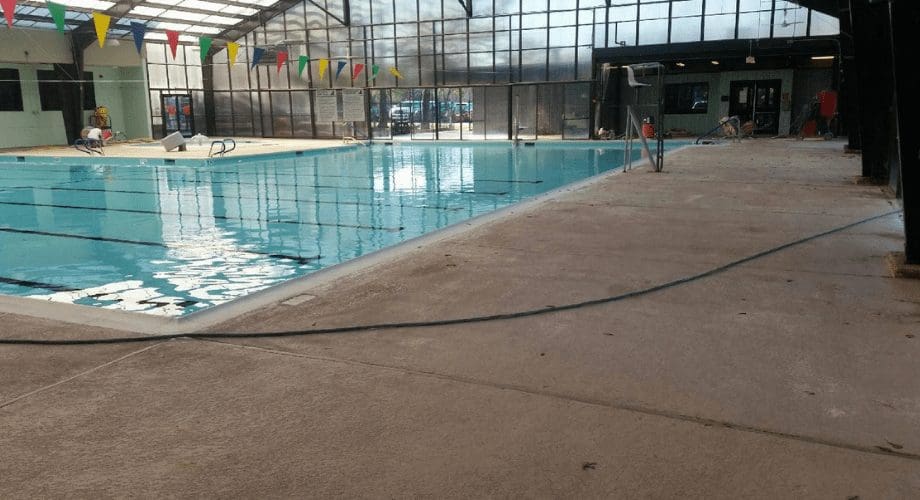

Concrete grinding process
Concrete Grinding: The Process
Concrete is the most common building material for many reasons, among them its versatility and strength. Despite this durability, concrete is a natural material and will degrade over time. In addition, many decorative options now exist that can transform your space from unremarkable to extraordinary. When aesthetics aren’t the main driver, performance might be. An industrial coating can be customized to fit your needs, whether you need a surface that is resistant to heat, chemicals, and moisture, or other requirements.
Whatever your objectives, concrete grinding is the process of using specialized abrasive tools to produce a smooth, tailored finish for your surface. Grinding usually leaves you with a smoother profile than if you were to scarify or shot blast your concrete. Grinders are better than scarifiers for decorative applications since they won’t create ridges on your surface. In addition to correcting spelling, helping create level joints, and eliminating high spots, grinders can help remove dirt, grease, and industrial contaminants. The elimination of chemical etching and coating removal is also possible with grinders.
Clearing away materials that have adhered to a surface creates a uniform foundation for polishing your floors, staining them, or applying concrete sealer on them. If you polish a rain-damaged or otherwise poor-quality surface before it is even and free of imperfections, you’ll end up with a final product that could look worse than what you started with. This is where an experienced concrete contractor comes in. A pro can evaluate the current condition and hardness of your surface to confirm that concrete grinding is the best technique to get the results you desire.
Concrete grinders have horizontally rotating discs with different attachments, which vary by type and grit, depending on your application. Generally speaking, newer floors are harder, while older surfaces are softer. When used on a hard concrete surface, the rotary movement of a grinder will usually polish and not abrade your surface. On softer concrete, the grinder will expose the aggregate, which can then be polished or flattened to be ready for an industrial or epoxy coating.
There are two types of grinders: walk-behind and handheld. Some of the higher-quality walk-behind concrete floor grinders have a grinding width of 21 inches, while others can grind a 32-inch section of your floor in a single pass. Handheld grinders are used in tighter spaces, such as close to walls and near corners. These units can also remove bumps, graffiti, and other surface inconsistencies.
Crews run the grinders across the surface multiple times, using discs with progressively finer grit until the floor is ready for polishing. A trained eye can determine when another pass is necessary, and when the floor is ready for the final grit. Grinding concrete can be a time-consuming process, but cutting corners will sacrifice the quality of the work. Concrete grinders should only be operated by certified technicians under the supervision of skilled concrete contractors. Choosing a concrete grinding contractor that owns all their equipment will help avoid unexpected surprises during a job.
The most important part of a concrete grinding project is choosing which discs, grit, and bond are needed to achieve your preferred sheen.
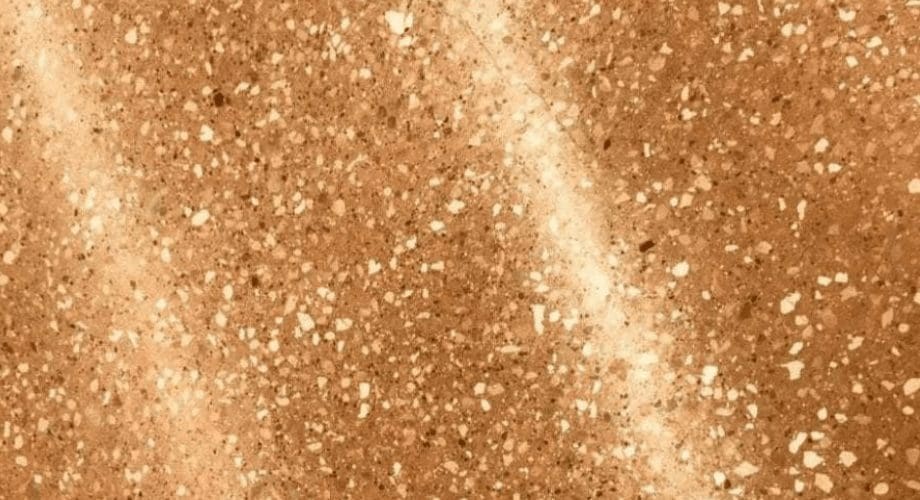

aggregate exposed Floor
The Role of Concrete Grinding Diamonds in Surface Preparation
Synthetic diamonds are an essential ingredient in the success of a surface preparation project. Concrete grinding diamonds are available in a wide variety of shapes, sizes, and strengths. Size is classified by the mesh or grit number, although a large diamond has a small number (18/20), while a smaller diamond has a larger number (80/100 or 170/200, for example). While larger diamonds are used to expose the aggregate, smaller diamonds will hone or polish your surface. A 30/40 grit is a good place to start as you prepare a surface, while 18/30 is better for more aggressive grinding and 80/100 is best for polishing.
These diamond tools, which perform the cutting and grinding of your surface, are suspended in a matrix called a bond, which can be made from metal, resin, plastic, or other materials. The bond breaks down over time to expose new diamonds. The composition of the bond is critical since your grinder will be most efficient if diamonds are always exposed to abrade or polish the surface. On hard concrete, soft-bonded diamonds will work best, while hard-bonded diamonds are recommended for softer surfaces.
Since some experimentation may be necessary at the start of a project, your concrete grinding contractor should be prepared with a variety of grit sizes in three or more different bonds to determine which combination will work best for your needs. High-quality diamond tools are an important investment for concrete flooring contractors. By using the right diamonds, you can avoid potential problems that can lead to shorter service life for your floor, as well as other undesirable outcomes that you might encounter while you are polishing your floors or applying a stain, sealant, or coating.
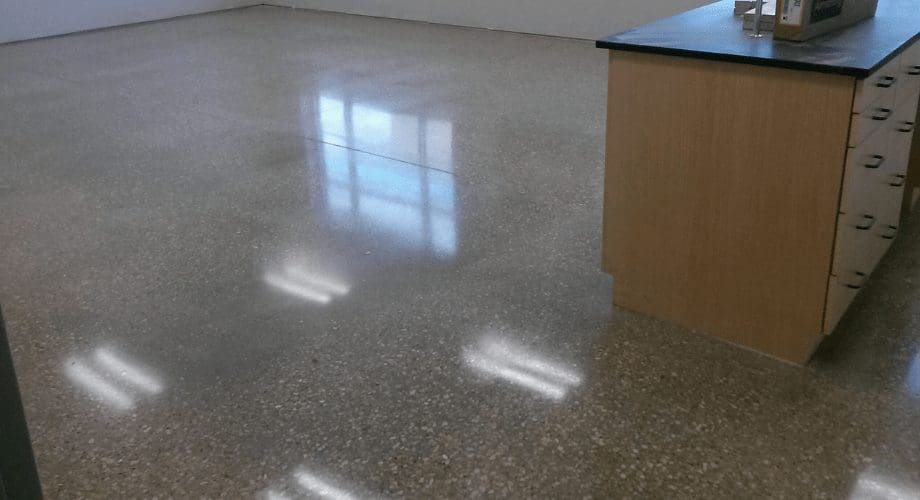

Grind and polished floor
Grinding Concrete Floor with Hand Grinder: Why is this Necessary?
Concrete grinding becomes much tougher near edges, in corners, and in other areas where walk-behind grinders aren’t practical. Hand-held angle grinders can profile both vertical and horizontal surfaces and allow crews to work on sections of concrete that are 5 or 7 inches in diameter. These grinders are easier to maneuver than their larger counterparts, and typically have only one diamond grinding cup wheel, making them lightweight and portable. Some of these grinders are equipped with dust collection shrouds to make clean-up easier. Handheld models are designed for flush-edge grinding. In addition to leveling surfaces, removing coatings, and grinding, these tools can be used for surface preparation and polished concrete floors.
Concrete grinding in these harder-to-access spots can become tedious. Contractors with more limited experience may end up with a floor that looks different in the middle than it does near posts and walls because grinding paths don’t match. That’s why it’s important to choose a concrete contractor with experience in industrial settings.
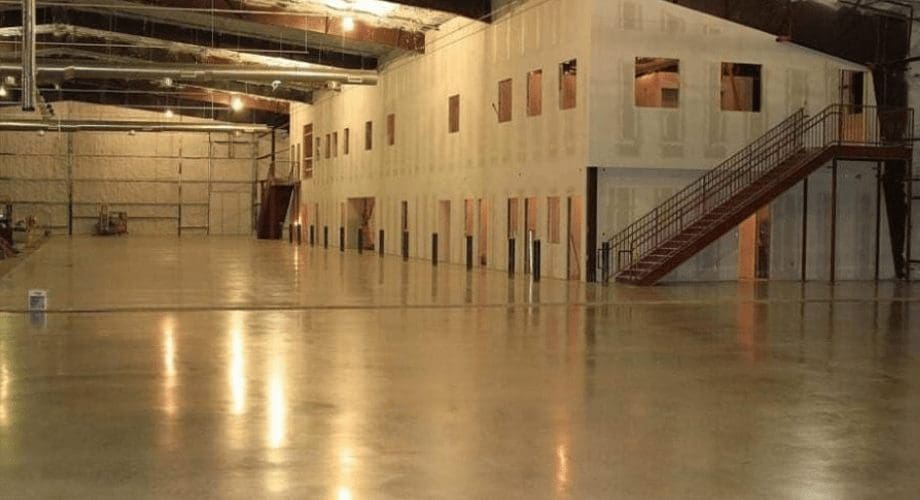

Concrete Floor
Wet Vs. Dry Grinding & Polishing: What You Need to Know
Concrete can be polished using both wet or dry techniques, and contractors generally use a combination of both methods. Wet grinding involves using water, which makes the diamond abrasives cooler and eliminates the dust from grinding. By acting as a lubricant, water can also prolong the life of your abrasive tools—particularly the resin-bonded discs, which may melt under high temperatures. The downside of wet grinding is that this technique can be messy. The slurry that is a by-product of this process must be disposed of by crews, which can add to downtime and prolong your project.
A concrete grinding contractor can use special dust-containment systems if the chosen grinding method is dry polishing. This water-free technique is typically used at the beginning of a project when the largest volume of concrete is removed. Crews may switch to wet grinding as the concrete becomes more smooth and metal-bonded diamonds are swapped out for resin-bonded abrasives. In some cases, contractors may use resin-bonded discs that are designed for dry polishing to enable the entire process to be free of added water.
Concrete grinding is a dirty job. With the help of an experienced concrete contractor, however, you can minimize the mess, increase your productivity with your new flooring and get back to using your space quickly.
AllStar is an Experienced Full-Service Concrete Flooring Contractor
AllStar Concrete Coatings has the expertise to handle any type of concrete flooring project. We have the commercial-grade equipment, trained professionals, and specialized knowledge needed to execute your next flooring project. We can customize a flooring system to meet the requirements of your space, help you decide whether polished concrete vs. epoxy floor is better for your facility and help you maintain your facility so that your surfaces will have a long service life. Concrete flooring systems can provide you with low maintenance, easy-to-clean surface that is designed to resist wear and tear from heavy machinery, and resistant to heat and chemical exposure. With AllStar’s help, you won’t have to worry about your floors. Instead, you can focus on running your business.
Free Consultation
Ready to learn more about how AllStar can help you? Take advantage of our free consultation to get the ball rolling.
Get Started
